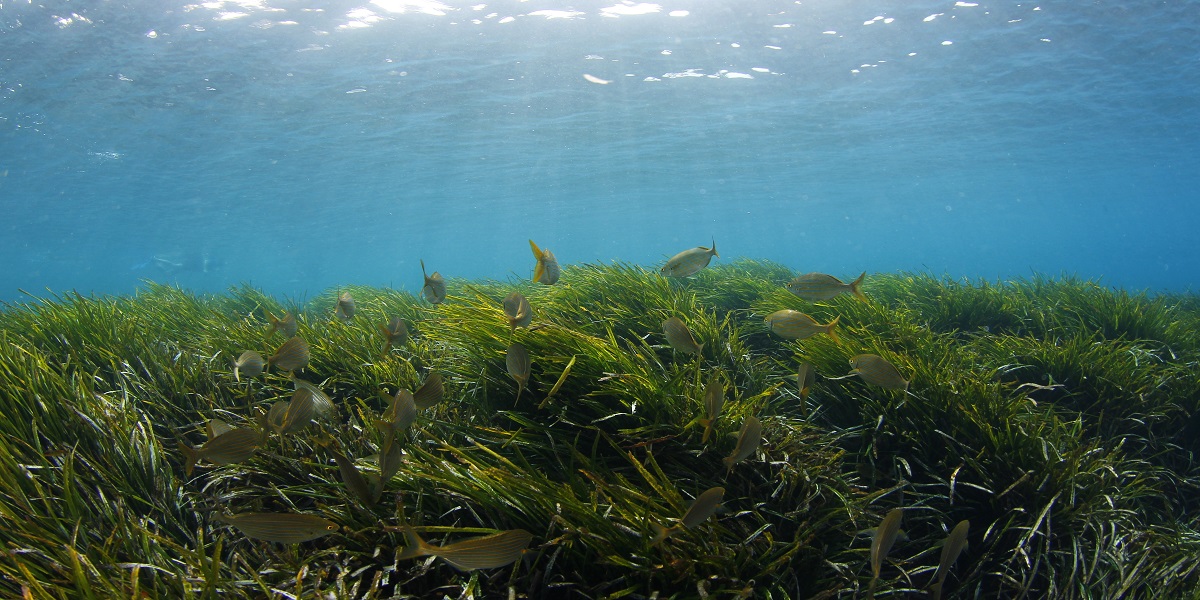Abu Dhabi’s efforts
Seagrass is essential to the conservation of dugongs and Abu Dhabi is home to the second largest population of dugongs in the world. Therefore, in 2017, we launched the Dugong and Seagrass Research Toolkit, which is a collaboration between EAD, TOTAL, Total Abu Al Bukhoosh, the The Convention on Migratory Species (CMS) Dugong MOU and the Dugong and Seagrass Conservation Project. It represents a significant contribution to the techniques and tools available for dugong and seagrass conservation research globally.


